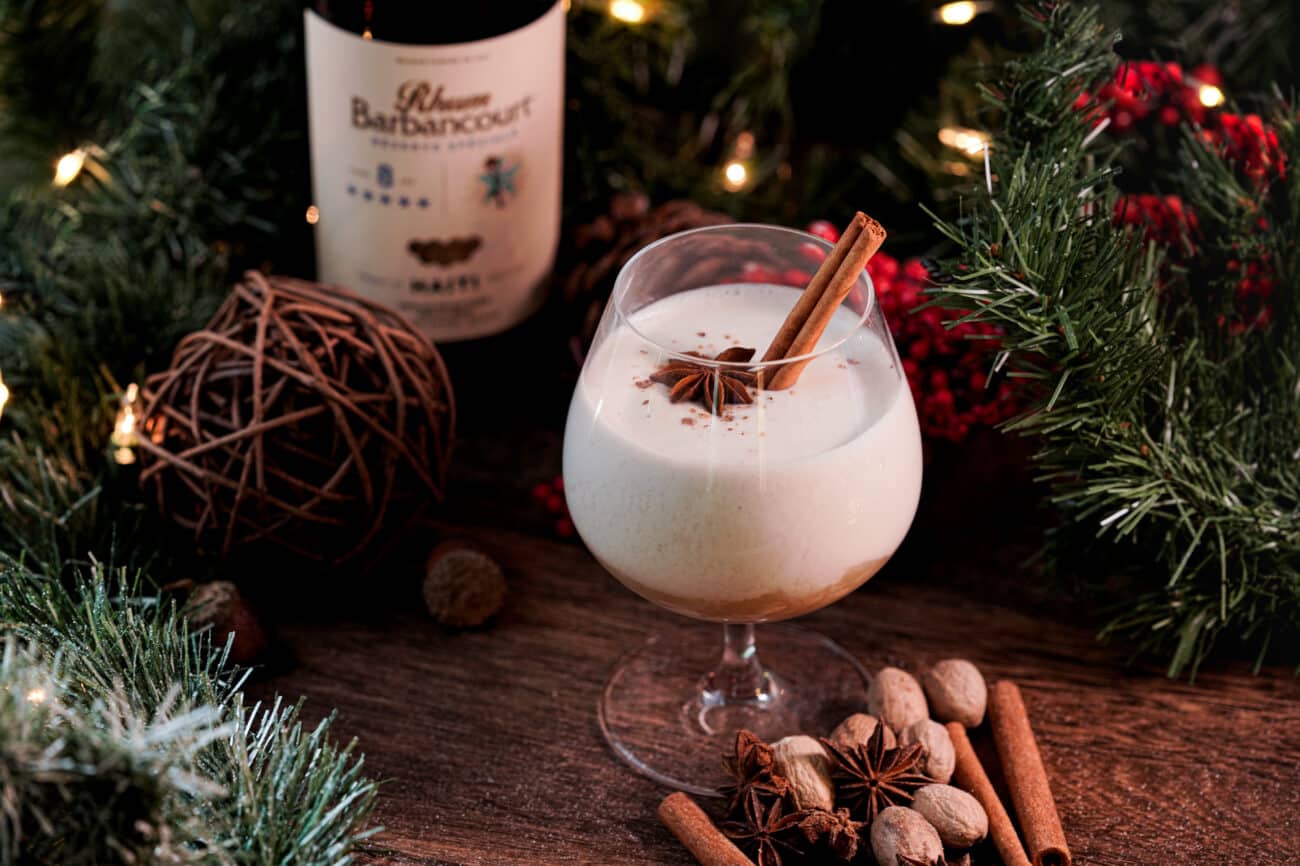Christopher Kimball Illustrated
By Maya Silver | Editor There has long raged a debate as to whether cooking is, at its heart, a science or an art. For Christopher Kimball, founding father of the Cook’s Illustrated kingdom, the answer

By Maya Silver | Editor
There has long raged a debate as to whether cooking is, at its heart, a science or an art. For Christopher Kimball, founding father of the Cook’s Illustrated kingdom, the answer is clear as clarified butter. Kimball has devoted himself to using scientific analysis to perfect recipes, techniques, and even product selection.
Kimball’s vision is so unwavering that it almost leads one to wonder whether he experienced a traumatic, harrowing kitchen disaster in his youth, inspiring him to save other cooks from similar experiences by bulletproofing methods of home food preparation.
It all began in 1980 with Cook’s Illustrated magazine, a black-and-white, no-frills, advertisement-free publication that some might call austere. From there, Kimball’s enterprise has grown to include Cook’s Country magazine, numerous cookbooks, a website, a PBS cooking show—a study in subtle deadpan humor—as well as an online cooking school.
Bespectacled, bow-tied, and occasionally dressed up as a cooking ingredient in a goofy, felt costume, Kimball is difficult to pin down; we tried our best.
You’ve said that, “…cooking is about putting food on the table night after night, and there isn’t anything glamorous about it.” What, most frequently, do you put on the table night after night?
Simple food with big flavors and textures. I’ve been cooking a lot from Yotam Ottolenghi [author of “Jerusalem” and “Plenty”] these days, or I improvise a simple salad, soup, or sauté.
What has been your most profound revelation in the test kitchen to date?
Don’t forget the salt.
If you were to open a restaurant, what type of food would you serve?
I would never open a restaurant! Too much work. Either I would do something totally off the wall, such as experimental Michelin-rated Nordic restaurant, Noma, in Copenhagen (assuming I had the talent, which I don’t), or make the same food I cook at home, charge a fair price, and leave it at that.
When you do dine out, where are the best places to eat?
I rarely eat out these days unless I am on the road. I love the Turkish food at Depot62 as well as the sandwiches and salads at Al Ducci’s, both in Manchester, Vermont. In Boston, there are a million good places but I love Ana Sortun’s food at Sofra Bakery & Café in Cambridge, as well as Gordon [Hamersley]’s offerings at Hamersley’s Bistro in Boston.
Since you raise your own pigs, we assume you’re a bacon connoisseur. What’s your favorite bacon recipe?
Cooked and eaten hot off the plate.
In the case of time restraints, do you ever jettison the diligently-acquired culinary lessons you’ve learned and just wing it?
Winging it never works. You can do variations on a well-understood theme, but making stuff up out of thin air is, well, high-risk. Try a steak and salad instead.
What, to date, has been your most grisly cooking disaster?
I love disasters—that’s how I learn (and am still learning). My worst disaster was boiling a calf’s head to make Mock Turtle Soup. What the 19th century recipe did not tell me was that I had to remove the brains and eyes. My whole-head preparation resulted in a cloudy, mucilaginous soup that was a long way from the clear broth I was expecting. Who knew?
Mock Turtle Soup
Mock Turtle Soup, originating in the mid-18th century, is usually made by cooking a calf’s head in water. It’s a less expensive English version of turtle soup.
Below is a 19th century recipe for “Mrs. Fowle’s Mock Turtle Soup” adapted from “Martha Lloyd’s Household Book:”
Ingredients
1 large calf’s head (brains and eyes removed!)
1 c calf brains, chopped
48 oz good mutton or veal broth
8 oz Madeira wine
1/2 tsp thyme
pepper to taste
1 large onion
2 large onions, juiced
1 Tbsp lemon zest
1/4 pt oysters, minced
salt to taste
sweet herbs
16 forcemeat balls
2 hard-boiled egg yolks
Method
Boil calves head in water until fur is scalded off and horns are tender, then cut into slices about the size of your finger. Add broth, Madeira, thyme, pepper, onion, lemon zest, oysters and their juices, salt, onion juice, sweet herbs, and brains. Simmer for 1 hour. Serve with forcemeat balls and egg yolks.






